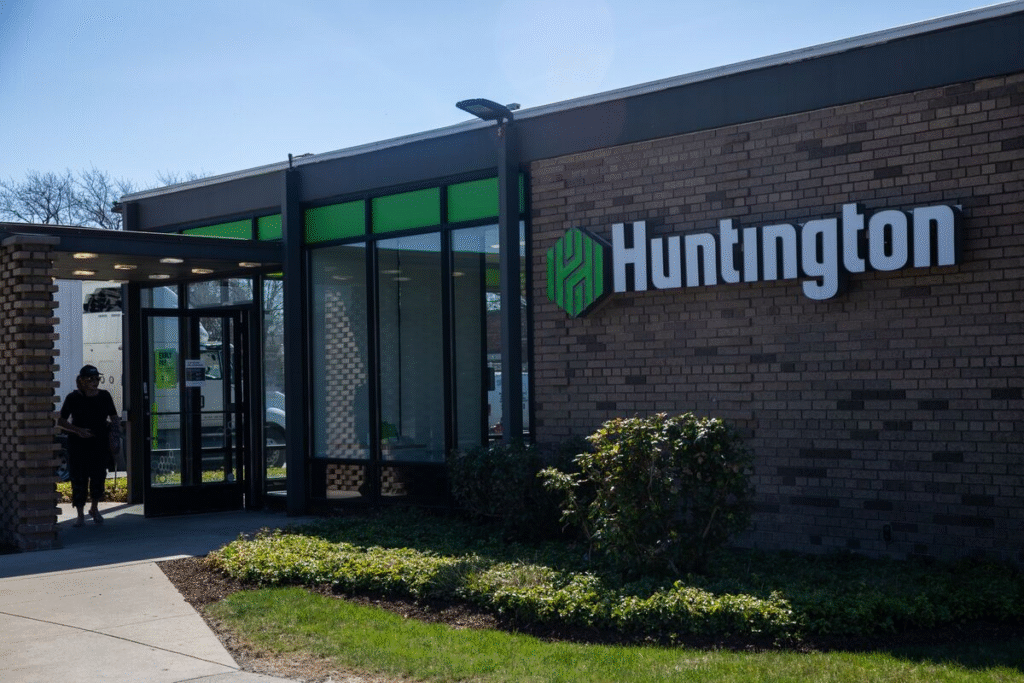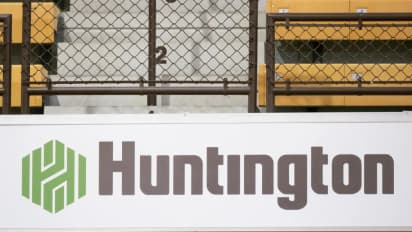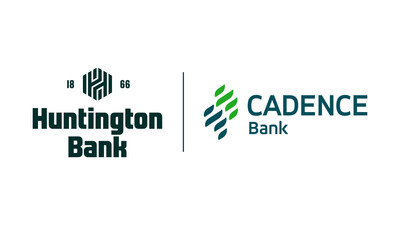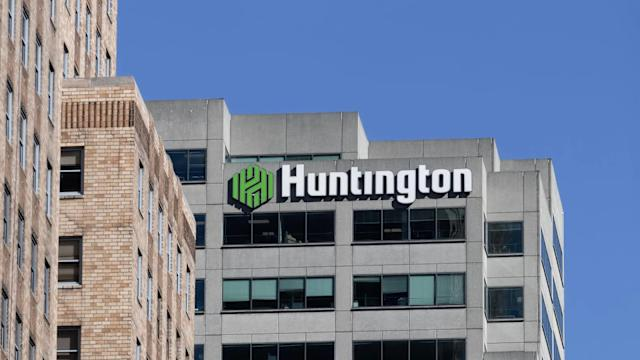The ground beneath America’s regional banking landscape has been decisively reshaped. Huntington Bancshares’ $7.4 billion all-stock acquisition of Cadence Bank is far more than a simple transaction; it is a declaration of strategic intent. This merger creates a new top-ten financial titan with $276 billion in assets, vaulting Huntington into 21 states and securing prime territory in the nation’s fastest-growing markets, particularly Texas and the South.
Announced just weeks after a separate multi-billion dollar deal in the sector, the move confirms that scale, geographic diversification, and competition against the largest national banks are now the central driving forces of U.S. banking strategy.
Strategic Pillars of the $7.4 Billion Cadence Deal
The acquisition of $53 billion-asset Cadence Bank by $223 billion-asset Huntington Bancshares is underpinned by calculated strategic and financial objectives, all highly optimized for long-term growth and investor appeal.
Key Takeaways: The Huntington-Cadence Merger
- Mega-Scale Creation: The deal creates a Top-10 U.S. Bank with total combined assets of $276 billion and $220 billion in deposits, providing crucial scale to compete with national rivals.
- Decisive Geographic Penetration: The combined entity expands to 21 states, securing a major foothold in high-growth, high-migration Sunbelt markets, including Houston, Dallas, Fort Worth, Austin, Central Texas, and Georgia.
- Immediate Market Dominance: The acquisition instantly makes the combined bank a Top 5 deposit market player in Dallas and Houston, and the Top Bank in Mississippi.
- Strong Accretion Forecast: The transaction is projected to be approximately 10% accretive to Huntington’s earnings per share (EPS), demonstrating immediate financial value for shareholders.
- Elevated Performance Targets: Huntington has raised its medium-term ROTCE target to 18%-19% (up from 16%-17%), citing enhanced earnings potential and operational efficiencies from the synergy.
- Post-Merger Leadership: Cadence CEO James D. “Dan” Rollins III will join the Huntington board as a non-executive vice chairman, integrating high-level leadership experience from the acquired institution.
The Texas Gambit: A Strategy of Accelerated Expansion
For Huntington, the acquisition represents the core of its strategy to build a national presence delivered with a local, community-focused touch. The timing is notable, as this is the Ohio-based lender’s second Texas-focused deal this year, having just finalized the $1.9 billion acquisition of Dallas-based Veritex Community Bank.
Cadence Bank’s sprawling branch network of over 390 locations across Texas, Mississippi, Alabama, Arkansas, Florida, Georgia, Louisiana, Missouri, and Tennessee is the prize. By absorbing this network, Huntington rapidly gains critical, established infrastructure in markets defined by high population and business inflows.

The bank’s ability to jump immediately to the 5th largest deposit market share in Dallas and Houston and the 8th largest across Texas provides a ready-made platform for organic growth that would have taken years to build from scratch.
Navigating Cadence’s Nuanced Financial Profile
While Cadence Bank brings invaluable geographic assets, the pre-acquisition financial analysis reveals a complex picture that Huntington’s management will be tasked with integrating.

Cadence had successfully reported strong third-quarter results, driven by the integration of prior acquisitions like Industry Bank Shares and First Chatham, which fueled substantial loan growth. Its profitability was robust, boasting a net margin of 29.46%, and a seemingly balanced debt approach with a debt-to-equity ratio of $0.51$.
However, the bank’s financial strength was explicitly rated as poor, primarily due to concerns over high debt levels. Furthermore, its Beneish M-Score of $-1.71$—a metric used to assess the likelihood of earnings manipulation—was noted as raising concerns, standing above the standard $-2.22$ threshold that indicates lower risk.
Also Read: Decoding the Recent Metro Bank Problems: What’s Really Happening?
Huntington’s financial calculus hinges on its ability to quickly remediate these balance sheet concerns and leverage the strong $42.27 analyst fair value target that, before the announcement, viewed Cadence as $13.7\%$ undervalued based on ambitious growth and profit trajectory forecasts.
The Mechanics of the Deal and Shareholder View
The transaction is structured as an all-stock swap, where Cadence investors receive 2.475 shares of Huntington for each Cadence share. This represented a valuation of $39.77 per share based on Huntington’s stock price immediately preceding the announcement.

For Huntington shareholders, the financial impact is a mixture of immediate dilution and long-term gain. The deal is expected to be 10% accretive to EPS, a strong indicator of value creation. Conversely, the acquisition is expected to be 7% dilutive to tangible book value, with the company projecting a three-year earnback period. This forecast highlights the high premium paid for the strategic market access and the confidence in achieving expense synergies necessary to meet the raised ROTCE targets of $18\%$ to $19\%$.
The deal’s timeline is clear: expected closure in Q1 2026, pending regulatory and shareholder approvals, followed by the full system conversion and branding shift in Q2 2026.
The Merger of Cultures and Leadership Transition
Beyond the balance sheets, the merger is a combination of two banking cultures. Cadence’s operational segments—Corporate, Community, Mortgage, and Banking Services—will be fully integrated into the Huntington platform. Importantly, Cadence CEO James D. “Dan” Rollins III will not depart, instead taking on the significant governance role of non-executive vice chairman on the Huntington Bancshares’ board, with two other Cadence directors also joining.

This integration of leadership ensures that local expertise and established relationships, particularly across the South, are retained. Huntington has committed to maintaining Cadence’s broad branch presence and continuing its legacy of community support, signaling a customer-first approach to the transition.
Huntington’s Defining Step in Banking’s New Geography
The $7.4 billion acquisition of Cadence Bank firmly establishes Huntington as one of the most aggressive and strategically focused participants in the current wave of regional banking consolidation. By acquiring scale and critical, established density in the booming Sunbelt, Huntington has secured a powerful platform for delivering its full suite of financial products—from lending and wealth management to mortgage services—across a significantly expanded footprint.
This defining partnership, built on a vision of expanded reach and enhanced profitability targets, is set to fundamentally challenge the competitive dynamics of the banking sector for years to come.
FAQs on Huntington-Cadence Bank $7.4 Billion Acquisition
1. What are the key terms of the Huntington-Cadence merger?
The $7.4 billion transaction is an all-stock deal where Cadence shareholders receive 2.475 shares of Huntington stock for each Cadence share. It’s valued at $39.77 per share.
2. When is the Huntington Bancshares acquisition of Cadence Bank expected to close?
The acquisition is expected to close in the First Quarter of 2026, pending regulatory and shareholder approvals. System integration and rebranding will follow in the Second Quarter of 2026.
3. What is the combined asset size of Huntington and Cadence Bank?
The merger creates a Top-10 U.S. bank with approximately $276 billion in assets and $220 billion in total deposits, significantly expanding its scale across 21 states.
4. What does the merger mean for Cadence Bank customers?
Cadence customers gain access to Huntington’s services, like 24-Hour Grace® and Early Pay. Day-to-day banking remains “business as usual” until the Q2 2026 brand conversion.
5. How will the merger financially impact Huntington’s future earnings?
Huntington forecasts the deal to be approximately 10% accretive to its earnings per share (EPS) and raises its ROTCE target to 18% to 19%, citing strong synergies.

















